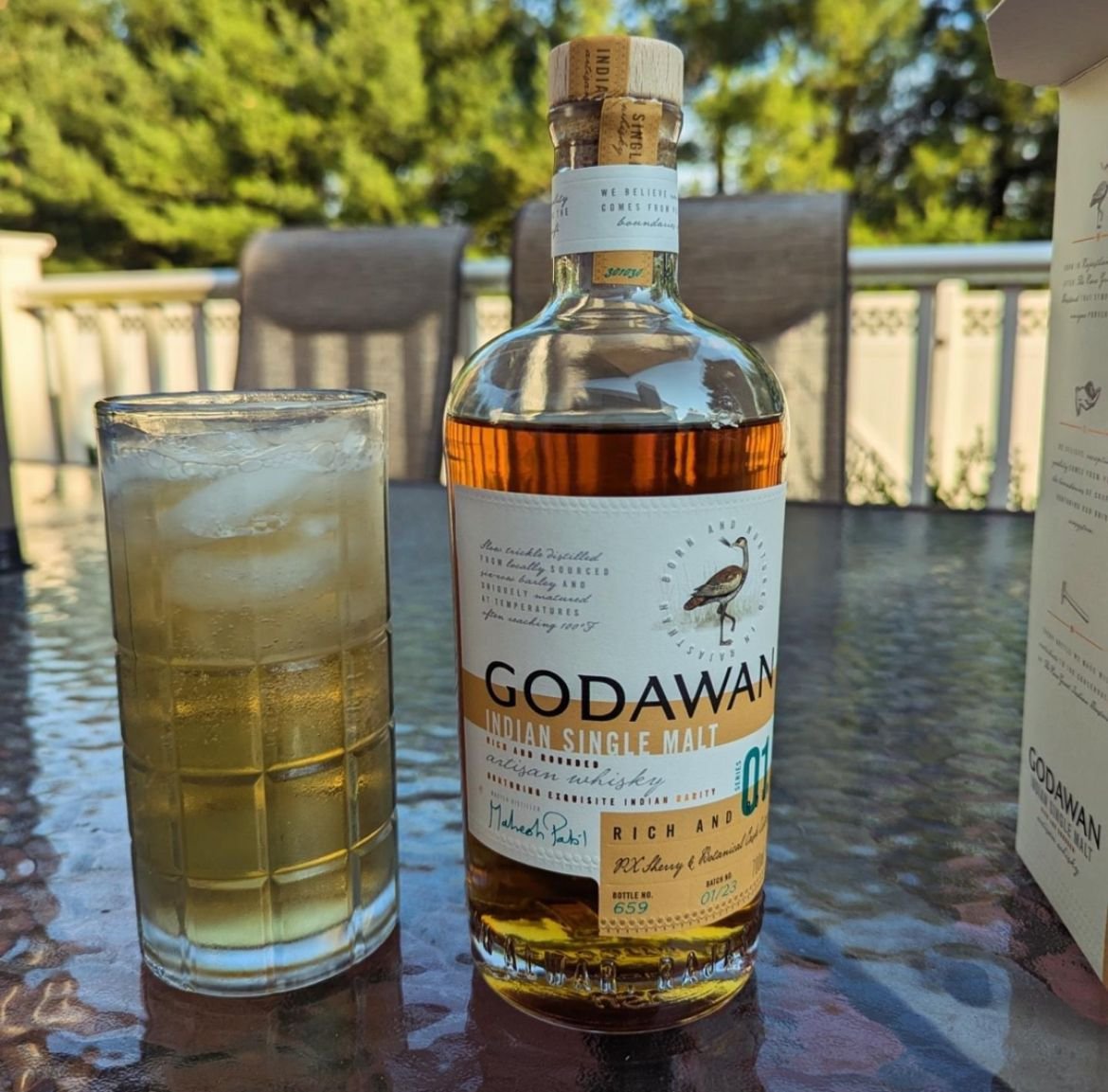Mumbai (Harshit Yadav), 29 October: Globally, whiskey production has been inextricably linked to maleness, with both the production and consumption of whiskey associated with the male gender in terms of social and economic behaviours. Traditionally, gendered expectations have conditioned how men and women consume and purchase whiskey, with cultural marketing portraying women as consumers who seek less robust and flavorful whiskey that is more appropriate for consumption by women.
The Barriers Created by Negative Representation
The negative representation of whiskey as a man’s drink has created a barrier for women to develop a personal relationship with the brand. Participants celebrate gendered differences in whiskies by assigning words like “fruity, flowery, vanilla” to women’s whiskies and adjectives “smoky, strong, harsh” to men’s whiskies, establishing mainstream media portrayals about what flavours are appropriate for whom. However, women’s focus groups expressed “a preference for ‘real’ whisky flavour and a disdain for ‘girly’, fruit-flavoured additives.”
Managing Whiskey’s Masculinity
Managing whiskey’s masculinity and female exclusion operates through a range of institutional elements that define and shape the whiskey industry. These institutional elements establish gendered identities, with various actors conforming to these established norms to access and preserve positions of power and authority.
The Role of Stereotyping
Stereotyping dictates the behaviour of producers, consumers, brand co-opters, and the resultant image of the industry itself: actions that implicitly acknowledge male superiority and, therefore, reinforce these stereotypes. Illustratively, within institutional and economic contexts, purchasing whiskey, as with other commodities, is a social negotiation shaped by social norms.
Gendered Expectations and Their Impacts
Indeed, specific gendered expectations for domestic purchasing behaviour and alcoholism disorders are well established, illustrating the diversity of ways society’s understanding of gendered participation in various cultures impacts consumption, health, and socioeconomic outcomes by establishing what is “normal” in terms of drinking.









